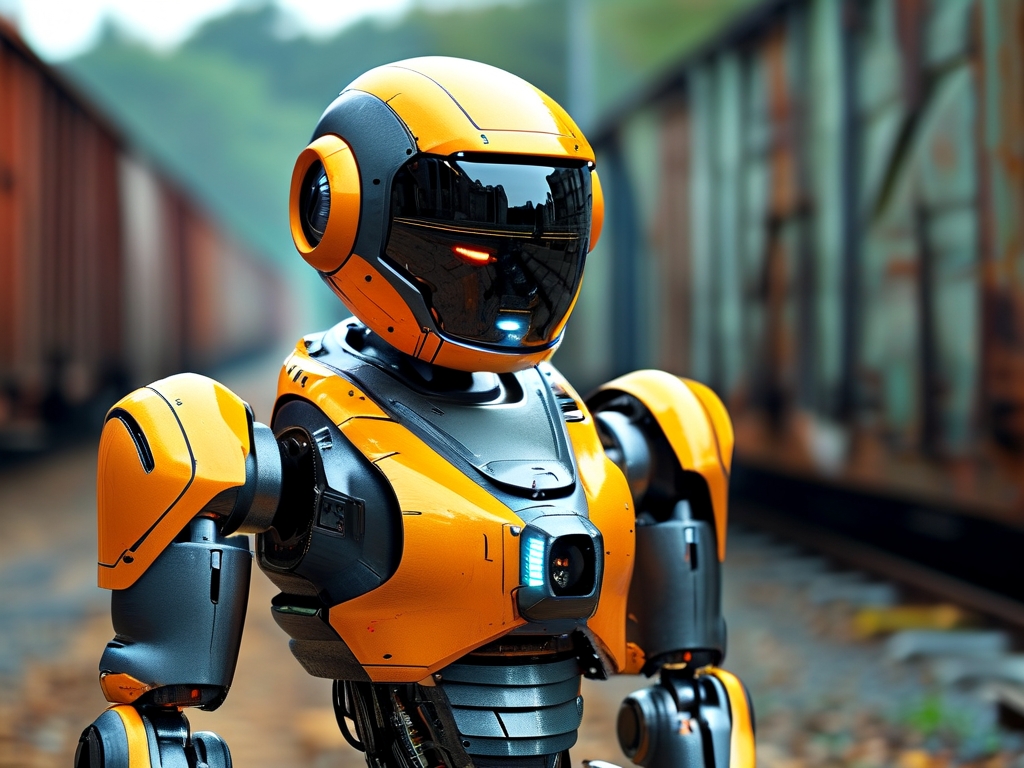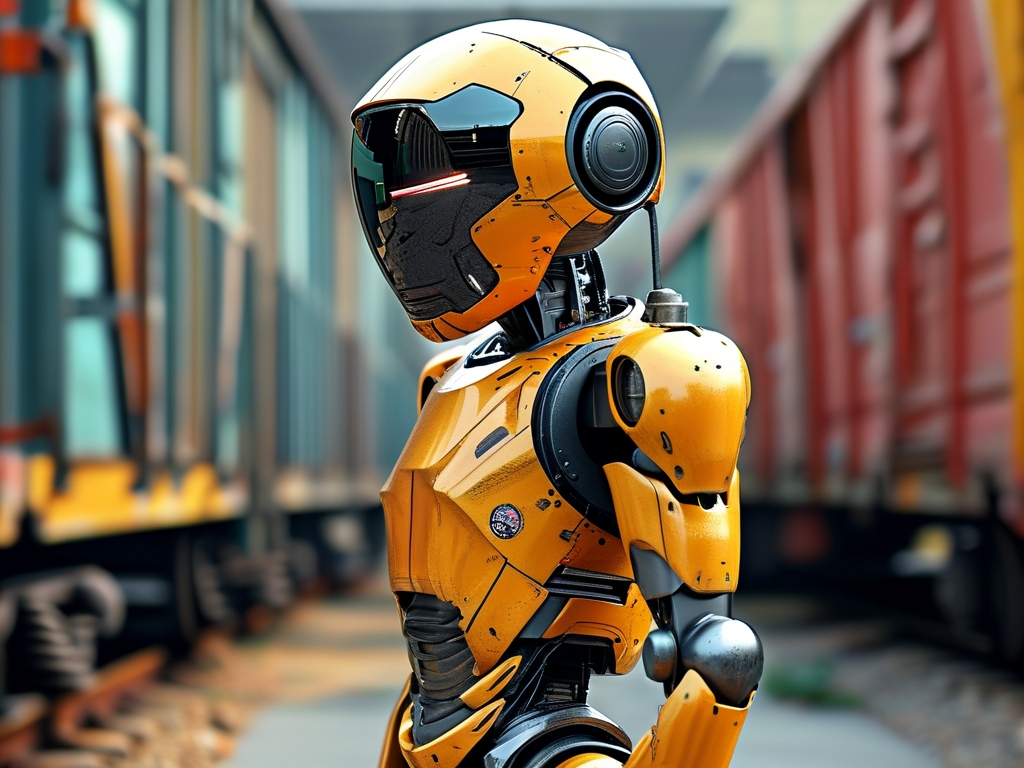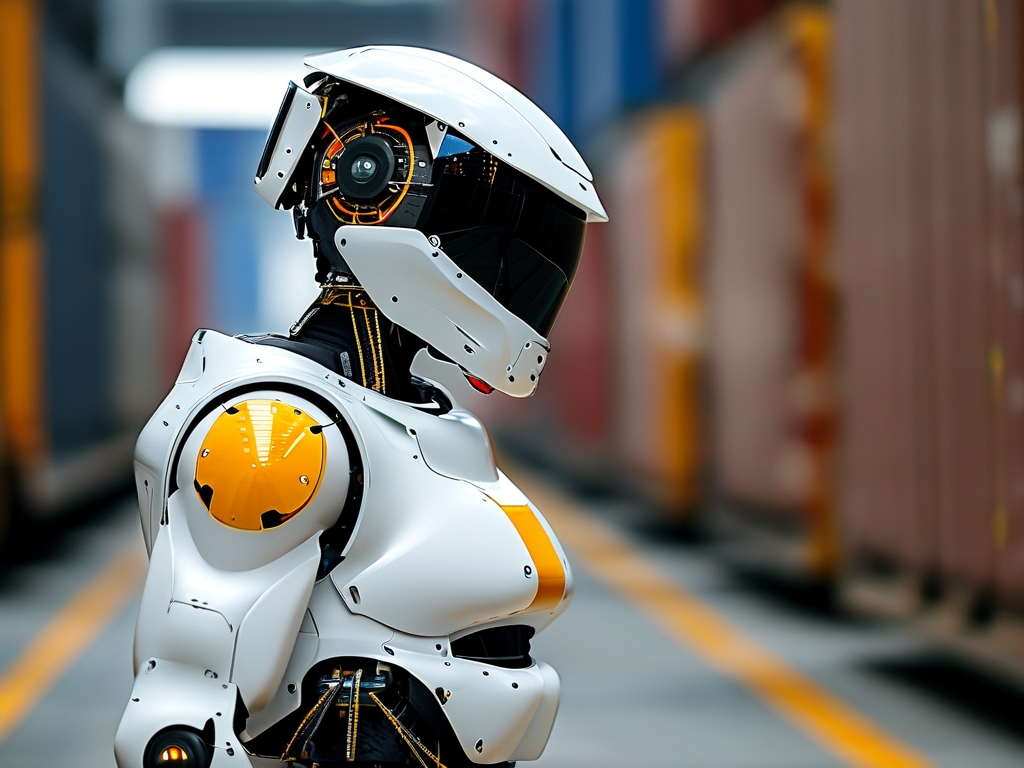Shunting robots, also known as rail yard automation systems, represent a transformative advancement in railway logistics. These intelligent machines are designed to optimize the movement and organization of railcars within freight yards, reducing human intervention while improving efficiency and safety. This article explores the core technical features of shunting robots, shedding light on their design principles, operational capabilities, and real-world applications.
1. Autonomous Navigation and Positioning
A defining feature of shunting robots is their ability to navigate complex rail networks autonomously. Equipped with LiDAR (Light Detection and Ranging) and GPS-IMU fusion systems, these robots generate real-time 3D maps of their surroundings. Advanced algorithms, such as SLAM (Simultaneous Localization and Mapping), enable precise localization within ±2 cm accuracy, even in low-visibility conditions. Unlike traditional shunting locomotives, which rely on manual signaling, these robots dynamically adjust routes to avoid collisions and bottlenecks. For instance, Germany’s DB Cargo employs shunting robots that integrate track sensors with AI-driven pathfinding to reduce yard congestion by 40%.
2. Energy Efficiency and Hybrid Power Systems
Modern shunting robots prioritize sustainability through hybrid power systems. Many models combine lithium-ion batteries with hydrogen fuel cells, achieving zero emissions during operation. The Swiss-designed "YardMaster X3," for example, recovers kinetic energy during braking, converting it into electrical energy stored for later use. This innovation cuts energy consumption by 30% compared to diesel-powered alternatives. Additionally, solar panels installed on robot rooftops supplement power generation, making them ideal for large, open rail yards.

3. AI-Driven Decision-Making
At the heart of shunting robots lies machine learning frameworks capable of processing vast datasets. These systems analyze variables such as railcar weight, cargo type, and destination schedules to optimize coupling sequences. For example, a robot might prioritize grouping refrigerated wagons to minimize cooling system restarts, saving energy. Predictive maintenance algorithms further enhance reliability by monitoring components like wheelsets and couplings, flagging issues before failures occur. Canadian National Railway reported a 25% reduction in downtime after adopting AI-enabled shunting robots.
4. Safety Mechanisms and Fail-Safes
Safety is paramount in rail yard operations. Shunting robots incorporate multi-layered safety protocols, including:
- Collision avoidance radar with 360° coverage.
- Emergency braking systems responsive to obstacles within 50 meters.
- Cybersecurity measures to protect against hacking attempts.
In a notable case, a robot at the Port of Rotterdam detected a misplaced container on adjacent tracks and initiated an emergency stop within 0.3 seconds, preventing a potential derailment.
5. Interoperability and IoT Integration
Shunting robots are designed to integrate seamlessly with existing rail infrastructure. Using IoT (Internet of Things) protocols, they communicate with centralized control systems, weather stations, and even other robots. For instance, in China’s Chengdu South Railway Station, a fleet of 12 robots coordinates via 5G networks to synchronize movements, reducing wagon sorting time from 3 hours to 45 minutes.
6. Scalability and Modular Design
Manufacturers emphasize modularity, allowing customization based on yard size and operational needs. Components like grippers, cameras, and couplers can be swapped for specific tasks. The U.S.-based "SmartYard" system, for example, offers swappable modules for heavy cargo handling and precision alignment, catering to industries ranging from automotive to hazardous material transport.
Applications and Future Trends
Shunting robots are already deployed in over 15 countries, with applications extending beyond freight. Passenger rail networks use them for coach reorganization, while mining companies leverage their robustness in remote areas. Emerging trends include swarm robotics, where multiple robots collaborate like a hive mind, and blockchain-enabled logistics tracking to enhance transparency.

By combining autonomy, energy efficiency, and AI, shunting robots are redefining rail yard operations. As technology evolves, their role in global supply chains will expand, offering safer, faster, and greener solutions for the transportation industry.


